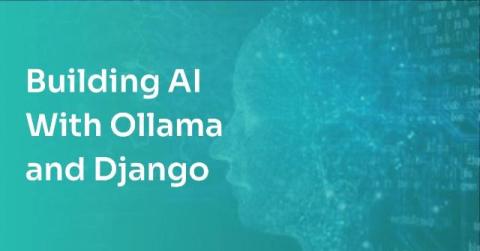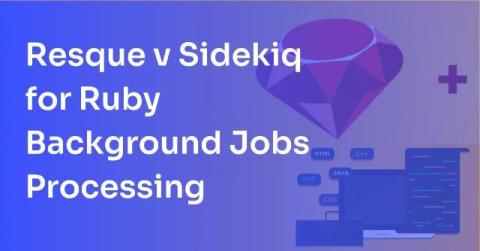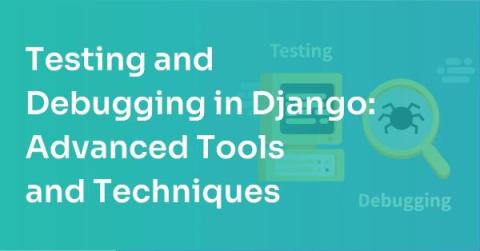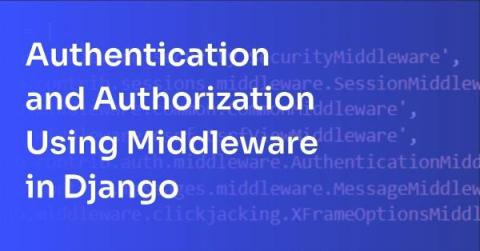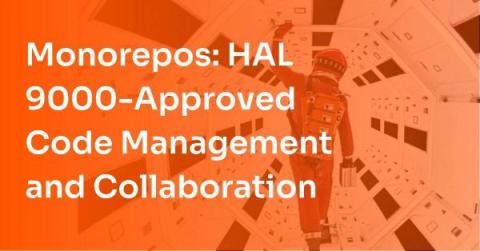Setting Up A RESTful API With Ruby on Rails
Ruby on Rails is an excellent choice for building a REST API, stemming from its design principles and robust feature set. It encourages a resource-oriented architecture, including built-in routing, migrations, and task tools. Rails also includes Active Record, an Object-Relational Mapping (ORM) layer, which simplifies database interactions.






